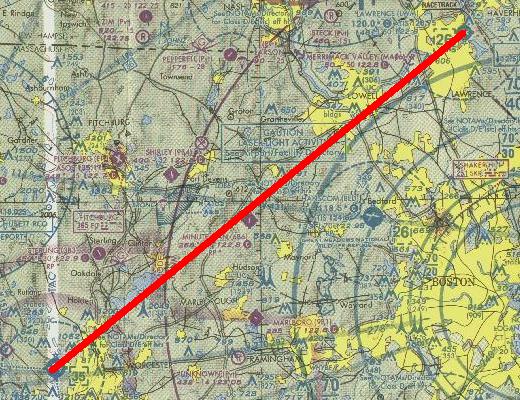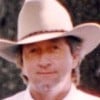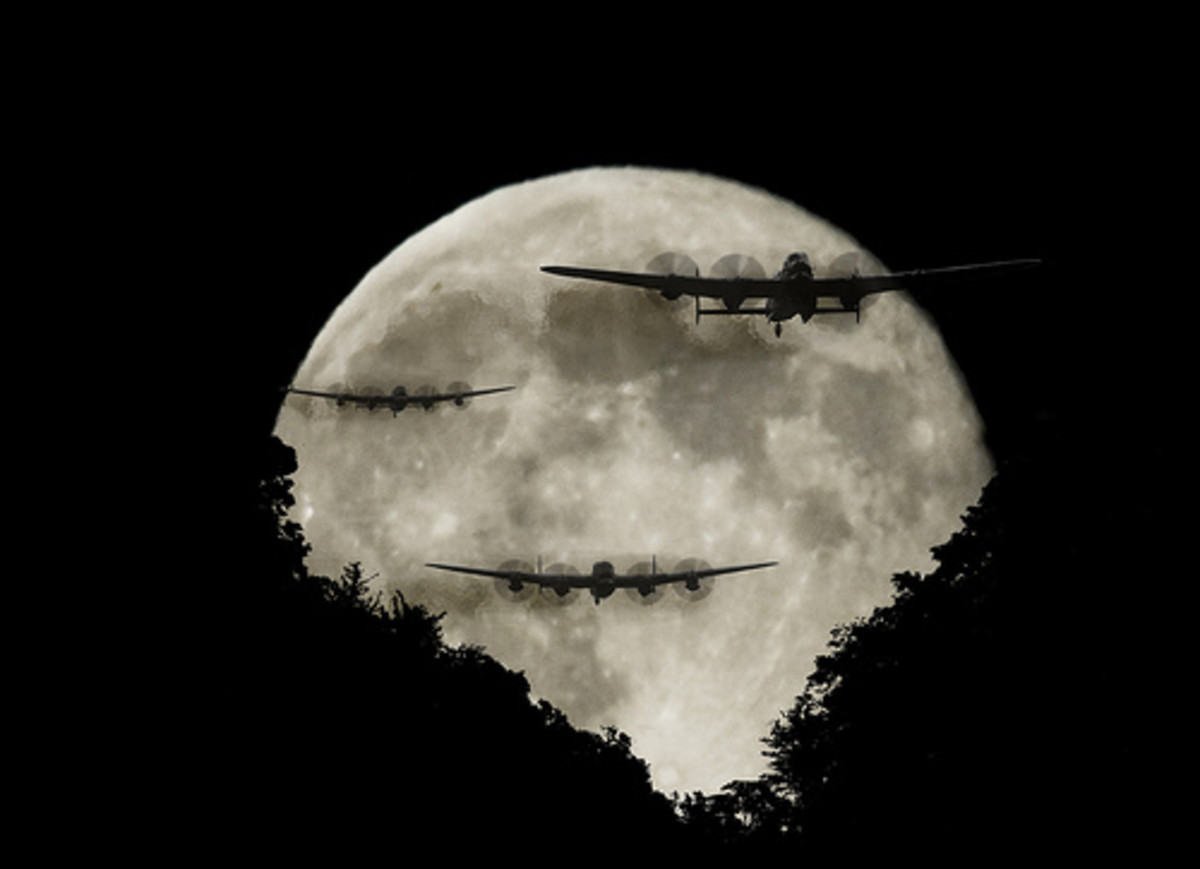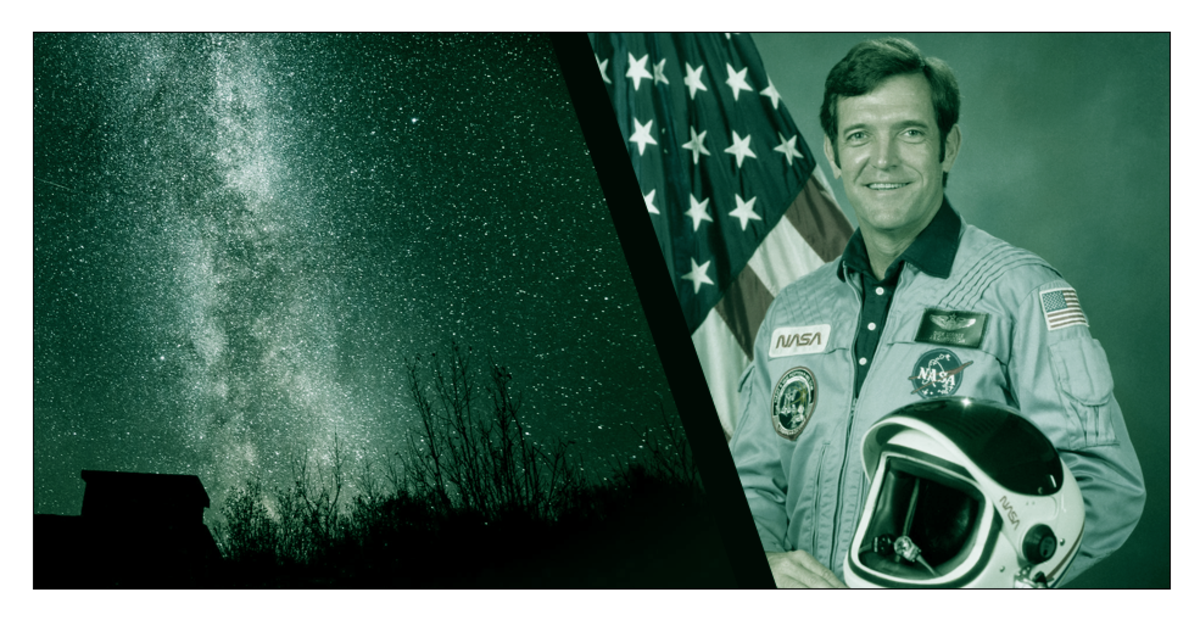Life's Dead-Reckoning

By: Wayne Brown
April 1971 was a life-changing time for me. I was too young to realize it at the time and was simply taking things as they came at me one day at a time. Looking back now, I realize small moments in the span of life are the winds that change our directions and head us toward other destinations we had not really planned on visiting in life. Such was the case with me as I began Navigator Flight Training School at Mather Air Force Base near Sacramento, California during those early days of spring.
Vietnam was still the centerpiece of the nightly news. I had graduated and received my Bachelor of Science the previous May. Vietnam had been raging in earnest since my graduation from high school in 1966. At the time it seemed there were only two directions in life for young, healthy males…head to the military and war or pursuing higher education. I chose the latter opting to complete my education before being killed in battle…there seemed to be some rationale in that choice.
At the time, the military still had a draft system to obtain the necessary manpower for the needed growth of war. Some bright bulb in Washington had come up with the “lottery” idea which basically put all 366 potential birthdays of the year into a hat and drew them out one by one thereby assigning a sequence to them in terms of draft priority. The end result was simple, the lower your birthday number, the higher went your own chances of being drafted into the Army. My number was 165. That seemed high but really I was about twenty numbers below the cusp of the midpoint making me prime meat as the war raged on and more and more bodies were needed. By the time I graduated college in May 1970, my local draft board was advising me that I had approximately six months to make a choice or they would make it for me.
The handwriting was on the wall and it was certain that I was not going to gain any reasonable employment as my future revolved around my draft lottery number. At the time, employers were free to ask such questions and once that number was on the table, all bets could be off for a job. That was the case for me and that conclusion became clearer with each successive interview. My future was there in front of me…the Army or a military service of my selection. Would you like the fish or the fish?
After some research, I decided the Air Force was my cup of tea as my dad had told me to never join anything in the military which required you to walk to anywhere that you could ride…the Army was a long walk to God knows where. I also chose the “officer” route but that came with some contingencies. The Air Force had too many officers but not enough flyers so in order to be an officer one had to opt to be a flyer. I had a choice of pilot or navigator until they checked my eyes then it was only navigator. Do you want the fish or the fish? Since I didn’t know what a navigator did, I asked them and it was explained very clearly and simply…since the navigator cannot see as well as the pilot, he tells the pilot where to go and how to get there. It all was making sense to me now.
At any rate, I had survived the hell of Officer Training school and earned that bright shiny butter bar signifying my rank as a second-lieutenant in the officer corp. Now, here I was at flight school ready to earn those silver wings of the navigator. I didn’t want to earn them too fast as I figured the next step had to be using them in war…I could wait for that. Flight school was going to be a big deal for me, a very big deal. Until the morning of my first training flight, I had never been so much as close to an airplane much less inside one in the air flying. One thing I was counting on was that I would like this experience a lot because I had signed papers saying that I would do it for five years after I earned my wings. That would be five long years if I hated it. At that point in life, five years seemed like an eternity. So here I was, no idea as to the principles of flying yet had scored higher on the flying aptitude test than any applicants before me. In hindsight that sounds like a really stupid guy with a lot of potential…that would be me.
I boarded the Convair T-29 Navigator Trainer for my first training flight with six or eight others assigned to my training class. We had “routes” which were mapped out for us which we had to copy on our navigation charts in order to use them in flight. Part of the process of learning to be a navigator was to become an expert in the use of the Transverse Mercator Chart not to be confused with your everyday run of the mill map used by most civilians and the Army down on the ground. We drew out all of the routes on individual charts then we were assigned particular routes for each phase of training. During those training flights, we tracked the path of the aircraft over the route on some pacing schedule using the principals of basic navigational science. As we did so, our inflight instructors monitored our work and our progress in becoming navigators. It was here in this school that I heard for the first time that a monkey could be taught to fly an airplane but that the government had little success in getting the monkey to navigate it. The differences were becoming clearer with time especially concerning those monkeys up in front of the plane at the controls.
The T-29 was a propeller driven twin engine aircraft of the post WWII era. The airframe had evolved around short route commercial flying with the T-29 versions among some of the first that did not drag their tail on the ground while taxiing about the airport. The engines wheezed, smoked, belched, and spit from all the wrong inputs made by the pilots in the cockpit as they worked to adjust richness and mixture of the manual fuel systems. Each of us trainees had a station in the back mounted along the walls of the aircraft which included a work surface for our charts and logs as well as some basic flight instruments to assist in our navigational chores. Each of us also wore a headset with direct communications to the pilots up front and the ability to monitor the communications of air traffic control. For a guy on his very first flight of his life, this was one high-tech baby I was about to mount.
I happen to sit at a training station over the left wing on my first flight. I could look out the window and see the wing, the left engine and the propeller. As we flew along on the mission, I happen to glance out and see an oily fluid running down the side of the engine cowling. I quickly made a radio call to the cockpit advising them of the situation knowing that we might have to declare an emergency and head back to base. The pilot simply thanked me and told me to keep an eye on the condition. He did advise me that I was to call him right away if the fluid stopped flowing. I asked why? He replied that it would be a pretty good indication that the engine was now out of oil and required attention. I was getting the idea about visuals at this point. Bubba was alive not just on the ground but in the air.
One thing you need to understand about the well-trained steely-eyed navigator…he is never lost, only temporarily disoriented in his quest to arrive at the destination. The art of navigation is based on a process referred to as “dead-reckoning”. I loved the name from the minute that I first heard it. Either you're right about where you are or you are dead, I reckoned. That was close but not the real intent of the definition. My training would give me a more formal perspective on the art of dead-reckoning and how it played into the life of the navigator and those monkeys in the front seats as well.
Dead-reckoning is the heart of the navigation process. In practicing the art, one takes the “knowns” and enters them into a mathematical calculation which projects what is currently “unknown” at the current time then sets about to use “aids” to either prove or disprove that assumption. It becomes a process of deductive reasoning based on a set of dynamic values. In a nutshell, I am going to take what I know about where I am now and project where I will be in an hour taking into account the dynamics and variables which are present and measurable. That sounds complicated to many as it did to me at the time but if you break it into its most basic of forms to begin with, it gets easier to understand.
Let’s say that you are riding a bicycle and it has a speedometer on it. It is 30 miles to the next town. You have ridden enough to know that you can easily sustain a speed on the bicycle of 15 miles per hour. Knowing those factors, you make a calculation estimating where you will be on the route to the next town in one hour from now on the basis of the assumption that you will sustain a speed of 15 miles an hour. You plot that “dead-reckoning” position on your chart. You note that at that point along the road is a bridge that crosses the Acme River. This now becomes you goal and you head out monitoring your speed and staying between the ditches. At precisely one hour later you look about and do not yet see the bridge. Five minutes passes and you arrive at the bridge. Your trip to this point has taken 1 hour and five minutes to complete. You estimated it to take an hour. Something has changed. What is it? Looking at the numbers, it becomes clear that your speed has been slower than you estimated. Based on the distance covered and the time elapsed, you only averaged 13 MPH. This is good, now you can take the remaining distance to your destination and calculate a reasonably accurate time of arrival based of the assumption that your real speed is 13 MPH. The process repeats over and over with the speed, time, distance covered and confirming landmarks coming into play to make your calculation.
These same factors are at work in navigating the airplane but they become a bit more complex. On the ground, one can keep the bicycle on the road if not drunk and the factor of wind works to decrease the ability or enhance it in terms of keeping up speed. In the air, the wind is a factor as well and it plays with the real speed as well. It also displaces the aircraft along its intended course as water will push a boat with its currents. So now, one not only calculates speed but must also compute direction toward destination taking into account the effects of wind on both factors. There are other complications such as flying in the dark or in the clouds or over the ocean so there are no visible landmarks to confirm your estimates or progress. In order to compensate for these conditions, other aids come into play like celestial observations, atmospheric pressure differentials, ground-based radio navigation transmitters, radar, and other tools. It sounds more complicated but all of them are selective aids which are used based on the given set of conditions to confirm your estimate of where you are and then help you to refine a new estimate of where you will be at a time in the future. If it sounds complicated to you, you are now beginning to understand why the monkeys can’t pull it off including the ones up front in the cockpit.
With time, I mastered this art and I learned to use all the available aids at hand in order to navigate any aircraft about the world. This included using smoke, mirrors, and fancy strings. One could also lie if all other possibilities failed. At one point in my learning process, I read of a young navigator who was in training who became totally disoriented on a training mission. The aircraft was operating in cloud cover and he could not use ground landmarks to assist in his work. Still he persisted and worked frantically to find out where his aircraft might be. In desperation, he began to tune the radio system which would track radio beacons located about the country. Some of these beacons came with radio stations which transmitted voice broadcasts. As he slowly turned the tuning knob, suddenly he hit upon a station on which the announcer was heard to remark, “The Memphis team is running on to the field!” At that point he concluded that the aircraft was on a route that either was passing over Memphis or over the city of a team playing Memphis. He was quite relieved to say the least. I too was mastering this skill at a rapid rate and with the passage of one year, the silver wings of the navigator were pinned upon my chest.
Early on, I said that these were life-changing times for me and they were. Officer training school helped me to find a part of myself that I had no idea existed…sheer guts and determination when it seems that all is lost in the moment. I learned to persevere. Flight school taught me that I could understand what on the surface seemed overly complicated. It taught me to have conviction in my ability but still question. It taught me to understand the odds when all the trainees get up to do a celestial shot and everyone is looking in a direction opposite of you. Trust but verify, don’t be stupid about your convictions in the face of overwhelming proof. Lessons such as this come over a lifetime. Luckily for me, I had an opportunity to experience and learn from them over the course of one year. That experience gained served me well then and it still does today.
As I practiced my craft, I found a new appreciation of the value of education…a new meaning for the real world application of some of the things that we assume only happen in classrooms. Once I was navigating an aircraft across the Pacific Ocean with the final destination of Taiwan. The aircraft was not capable of making the journey of that distance on one fueling thus we had to island hop our way across the Pacific. The first day was a breeze going from the west coast of the USA to Hawaii. On the second day, our leg covered the distance between Hawaii and Wake Island…a bit more challenging. Wake Island is very small. The runway is the biggest thing on it and you can all but see the ocean washing up on all sides of it. The island, at the time, was equipped with only a lowly radio beacon for homing navigation once you were close enough to pick it up. Given changes in the wind, weather, and cloud cover, and things begin to go differently than expected. The head wind component is greater than expected; the distance covered over time is less; the fuel burned to fight the wind is more; things are getting tight! Where is Wake Island? I have to find it as there is nothing for a long way beyond but water. In these moments, alone with your thoughts, you come to terms with your weaknesses as a human being, accept them, and start a process to overcome it. Dear God, why couldn’t I have been better at math in high school? Lives depend on my ability. I have to find Wake Island or the monkeys will be mad.
I did find Wake Island that day and I lived to navigate other parts of the world successfully and at times with as much excitement. I eventually taught others those skillsets and was inspired in seeing them connect the dots and find success. I learned the importance of always teaching the ‘basics’ in every discipline for anyone who understands the basics can always get back to the center of the road. I taught responsibility and accountability…don’t let another kill you with a mistake because you thought it was not your job to monitor what was going on in the aircraft. I taught those things that in some cases I had learned the hard way and I thanked my lucky stars that my mama had always taught me the humility to accept that maybe I was not perfect and could be improved on when the opportunity arose.
I remember one other experience early in my career which taught me much about people. I was navigating my first C-130 aircraft across the North Atlantic Ocean for the first time. We had a full crew and in the cargo bay we carried sixty aircraft maintenance personnel. Our destination was Mildenhall England north of London. We would fly from Goose Bay Labrador over the North Atlanta descending over Scotland and arriving into England from the northwest. I was the lone navigator. The pilot in the left seat was not just a pilot but also a full Colonel and the commander of my flying wing at my home base. Tonight was not a good time to look like an idiot. I needed to be good at what I did. The weather sucked; winds and cloud cover all the way which meant lots of moving around and not a lot of outside aids to confirm my abilities at dead-reckoning. Some might say, well so what, who is going to know? Lots of folks know when you don’t arrive at your destination or you violate the coastal entry parameters of a given country…lot of folks know.
I made my way across that night and never felt happier to once again have my feet on terra firma English-style. Once we were out of the aircraft and on the ramp, I was totally overwhelmed by the number of maintenance technicians who had flown in the back who came up to me and thanked me for safely getting them across that cold expanse of water to the other side. It was one of the most humbling experiences of my life yet such an inspiring one to know that so many were counting on my ability and so thankful that I had it when the time came to use it. At that point, I realized the responsibility of my job and I never forgot it. A week or two later, a letter arrived from my mother. She had been aware that I was navigating the Atlantic for the first time and she had worried greatly for me. In her letter she wrote, “Son, if you had as much difficulty getting your airplane across that ocean as I did mine, it was a long night.” That brought tears to my eyes. I also made a good impression on the Colonel…he never forgot who I was as long as I served in the Air Force even when he was wearing the stars of a General.
We all get chances in life to shift and change direction; to get blown about just as if we too are an aircraft navigating the winds of life. We have a destination in mind and life brings the many factors which influence how we will get there…easy or hard, not our choice most of the time. We navigate our ships and face the challenges each time hoping that we make the right choice but never totally certain. The most important thing we eventually learn is that we never give up, even when the going gets too hard, we never give up; we persevere and continue to our destination and if not that one, one that is better-suited for our needs. Open your eyes to life’s lessons and make them your own.
©Copyright WBrown2011. All Rights Reserved.
11/14/2011








